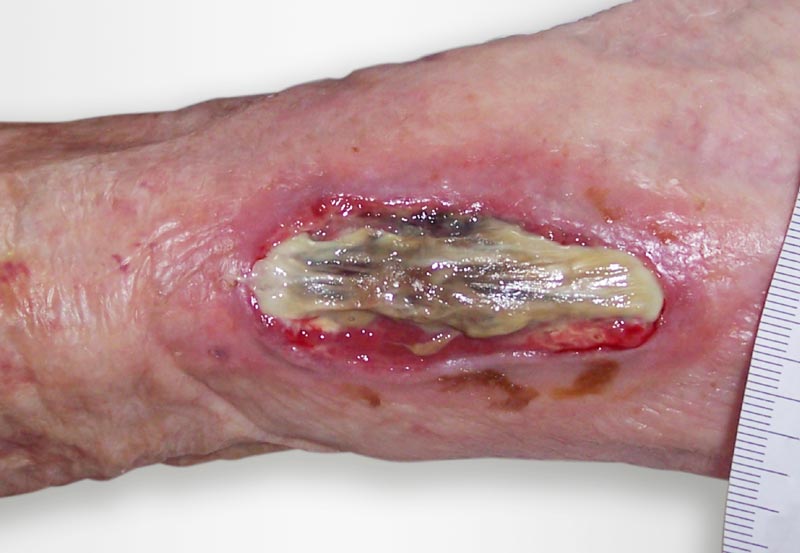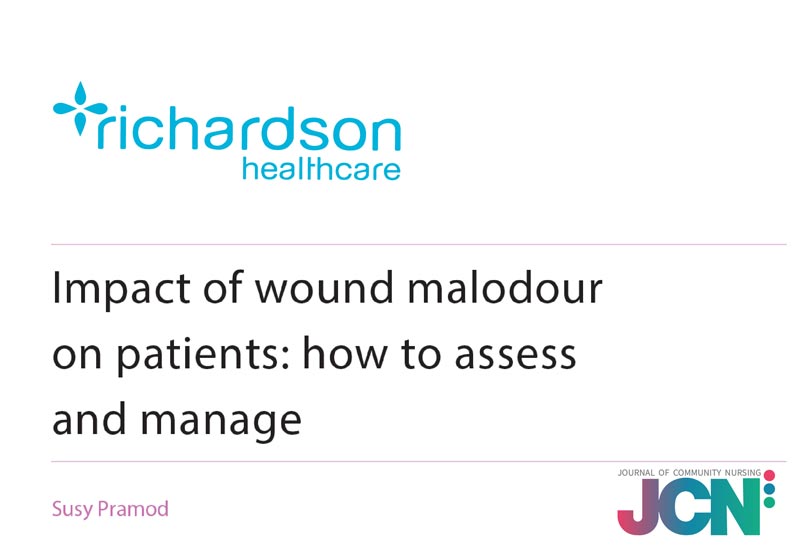Let's Talk About Wound Malodour
A Carer's StoryBob’s Story
Bob is a full-time carer for his wife, Lynn, who was diagnosed with Multiple Sclerosis (MS) in her early 40s.
Before Lynn’s diagnosis, Bob says that they were a ‘typical, average couple.’ They both had fulfilling jobs and enjoyed frequent holidays with friends and family. He says that they have always had a strong and supportive relationship, describing them as a ‘good combination’ with distinct, yet complementary, strengths.
Bob remembers that the first ‘tell-tale signs’ that made him wonder if something was wrong with Lynn included her ‘dragging her feet’ up the stairs and ‘blurred vision.’ Soon, she began struggling with other basic tasks that were once easy for her. These symptoms raised alarm bells and pushed them to seek medical advice. After consulting with her GP, the doctor referred Lynn for an MRI scan, which confirmed her suspicions that she was in the early stages of MS.
Nurses began regularly visiting Lynn to clean and redress her wounds. Despite this, her pressures initially went ‘from bad to worse.’ Recognising both the growing demands of Lynn’s care and the time constraints faced by nurses, Bob took ‘a real interest in doing wounds.’ With the support and clinical guidance of her nurses, Bob learnt how to care for her wounds.
Since then, Bob has played an integral role in managing Lynn’s pressure ulcers. He notes that his ‘hands-on’ approach means that she receives round-the-clock care, allowing him to ‘keep on top’ of any issues like malodour and exudate, as well as dressing changes.
Bob’s first experience of wound malodour
Over time, Bob developed an instinct for ‘what’s right and what’s wrong’ when it comes to Lynn’s wounds. Some of the key symptoms Bob and the nursing team closely monitor to see if something is ‘wrong’ are the size and smell of the wound.
Initially, Bob or the nurses changed Lynn’s dressings every other day. However, as the wound deteriorated, they grew considerably in size and often produced a large volume of exudate and a foul odour. At its worst, he describes the odour as resembling the smell of ‘rotting flesh.’
“Pungent odours such as cadaverine and putrescine are produced during the breakdown of amino acids in dead tissue, and are often described as rotting meat and typically subside once the devitalised tissue is removed.”
Susy Pramod, 2025
The Impact of Wound Malodour
Bob took a range of measures to alleviate the odour, but admits that reducing the smell while ensuring Lynn was comfortable was sometimes difficult. For instance, he recalls opening the windows to improve ventilation while keeping the central heating on to ensure that Lynn, ‘a patient who [was] struggling enough,’ would not feel cold.
“Malodour from a wound may permeate clothing, bedsheets or even soft furnishings, compounding the patient’s discomfort and anxiety.”
Susy Pramod, 2025
Trying to keep the house warm had a financial impact, as did some of the other measures, like washing bedding and clothing more often to eliminate the odour.
Despite the challenges, he and Lynn remained resilient and maintained their ‘glass half-full’ outlook on life. Like many patients and their loved ones, they viewed wound malodour as an unavoidable consequence of living with chronic wounds, with Bob remarking, ‘We didn’t like it, but we accepted it. It wasn’t a choice.’
Disclaimer:
Please note that while every effort is made to ensure the accuracy of the content presented, it is purely for educational purposes only and is not a substitute for professional medical advice.




